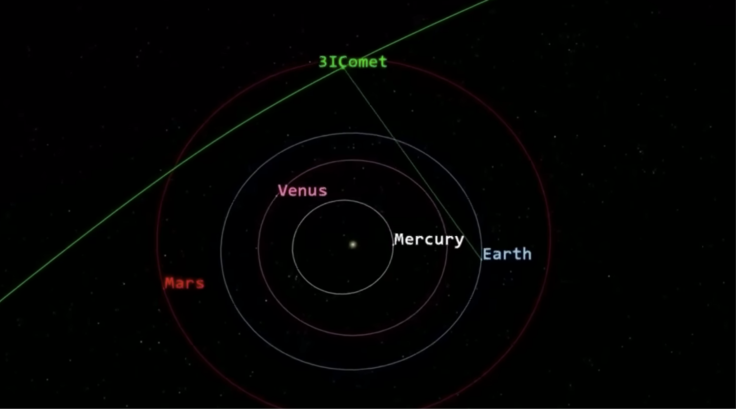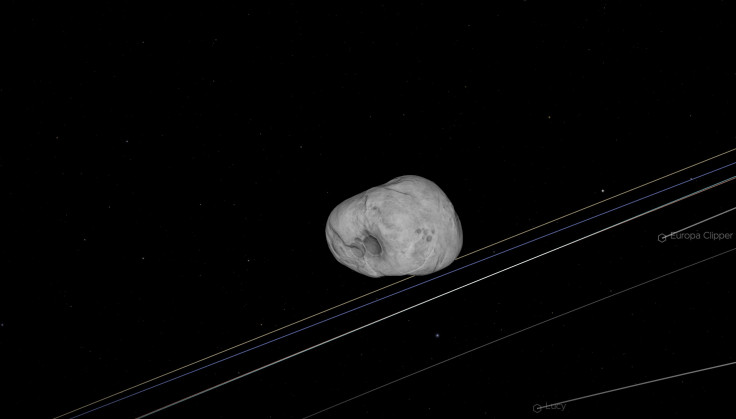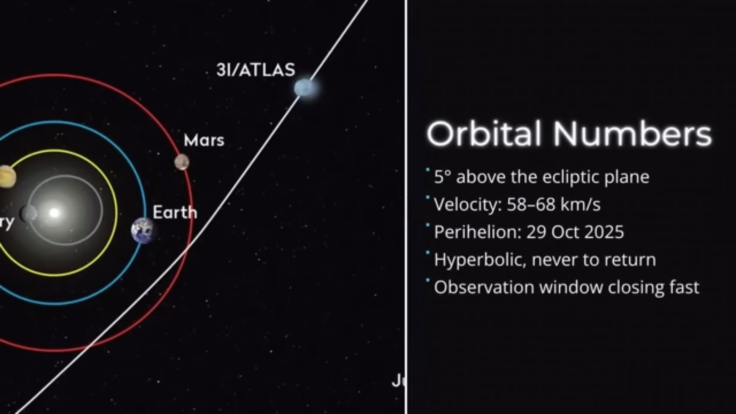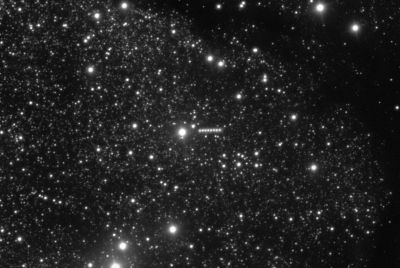Is This the End? NASA Insiders Claim Mysterious 3I/ATLAS Object Is Moving Too Fast for Natural Explanation
Interstellar object 3I/ATLAS is moving 'too fast,' sparking 'alien probe' theories.

When is 'too fast' just fast enough? An object from deep space, 3I/ATLAS, has streaked into our solar system, causing a significant stir among scientists and the public. Its velocity is so extreme that it cannot be 'naturally bound by the Sun's gravity.'
This single fact has led some to speculate about 'an artificial origin.' But for the vast majority of astronomers, this incredible speed is not a sign of alien engines; it is the definitive proof of its true, and perhaps more profound, nature as an ancient visitor from beyond our stars.
The Great Debate Over 3I/ATLAS: Probe or Pilgrim?
The notion that 3I/ATLAS's speed is 'too fast for natural explanation' stems from a fundamental misunderstanding of interstellar objects. For scientists, its velocity is not anomalous at all. Rather, 'it is the fundamental evidence that it originated outside our solar system'.

However, this has not stopped more extraordinary theories from capturing the public's imagination. Harvard astrophysicist Avi Loeb, for instance, 'has proposed that the object could be an advanced alien probe, possibly a mothership.'
He and other proponents point to supposed anomalies, such as a 'mysterious 'glowing solar shield' or minimal non-gravitational acceleration,' as potential evidence of technology.
These ideas remain highly sceptical within the scientific community at large. The consensus maintains that 'natural explanations must be exhausted before considering such extraordinary claims.'
Most astronomers believe that 3I/ATLAS is a comet. They argue that its observed behaviour, including any 'tail' or glow, 'can be explained by natural phenomena.' For instance, a comet's tail can 'appear to glow in front of the object depending on the viewing angle from Earth,' a simple trick of perspective rather than proof of propulsion.
Log into Facebook to start sharing and connecting with your friends, family, and people you know.
Understanding the Speed of 3I/ATLAS
So, how can astronomers be so certain that 3I/ATLAS is an interstellar visitor? The evidence is written in its trajectory and its speed, which are inextricably linked.
First, 'gravitationally bound objects in our solar system, such as planets and comets, follow closed, elliptical orbits.' 3I/ATLAS, however, is on 'an extremely hyperbolic path.' This is measured by its 'orbital eccentricity,' a value that must be well 'above the 1.0 threshold for an interstellar object.'
3I/ATLAS's eccentricity is measured at a staggering 6.2. This confirms it is not, and never has been, trapped by the Sun's gravity.
Second, its 'high velocity' confirms its origin. The object 'entered our solar system moving at 58 km/s (36 miles/s) relative to the Sun.' This velocity is 'far too fast to have originated from a gravitational interaction within our solar system.'
As it makes its closest approach, it is predicted to reach an even higher speed before the Sun's gravity slingshots it back into the void, ensuring it will never return.

The True Ancient Origin of 3I/ATLAS
If it is not an alien vessel, what is the 'actual origin of 3I/ATLAS'? The data paints a picture of an ancient survivor, a relic from the galaxy's past.
The object was likely ejected from its own star system billions of years ago. This cosmic eviction was probably 'due to a close gravitational encounter with a giant planet or another star.' This lone traveller has been journeying through the cold of interstellar space for eons.
In fact, some analyses 'suggest that 3I/ATLAS may be between 7.6 and 14 billion years old.' This incredible age would make it 'older than our own solar system,' offering us a direct sample of the primordial galaxy.

Furthermore, its path suggests a specific birthplace. The 'trajectory and velocity of 3I/ATLAS suggest it may belong to the galactic 'thick disk.'' This is 'a population of ancient stars with lower heavy-element content than our Sun.'
In summary, 3I/ATLAS is indeed 'moving too fast to be a native of our solar system.' But rather than being an unexplainable mystery, 'its speed is a natural and expected trait of an interstellar object.' It is not a ship, but a messenger from an ancient star system, one 'that has been travelling through space for eons.'

The journey of 3I/ATLAS is a powerful reminder that scientific reality is often more profound than speculative fiction. While 'alien probe' theories capture headlines, the data points to an even more awe-inspiring truth: a natural, ancient comet, perhaps older than our Sun itself, hurled across the galaxy for eons.
This 'pilgrim' carries the material history of another star system. As more of these interstellar messengers are discovered, what other secrets of the galaxy will they reveal? Follow the ongoing research and share this story to champion the incredible power of scientific discovery.
© Copyright IBTimes 2025. All rights reserved.




















